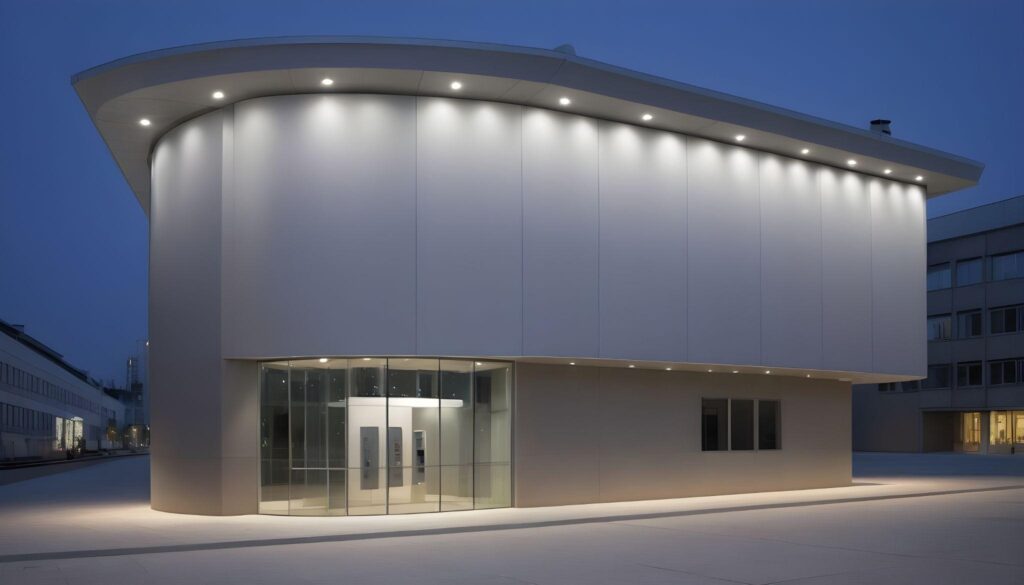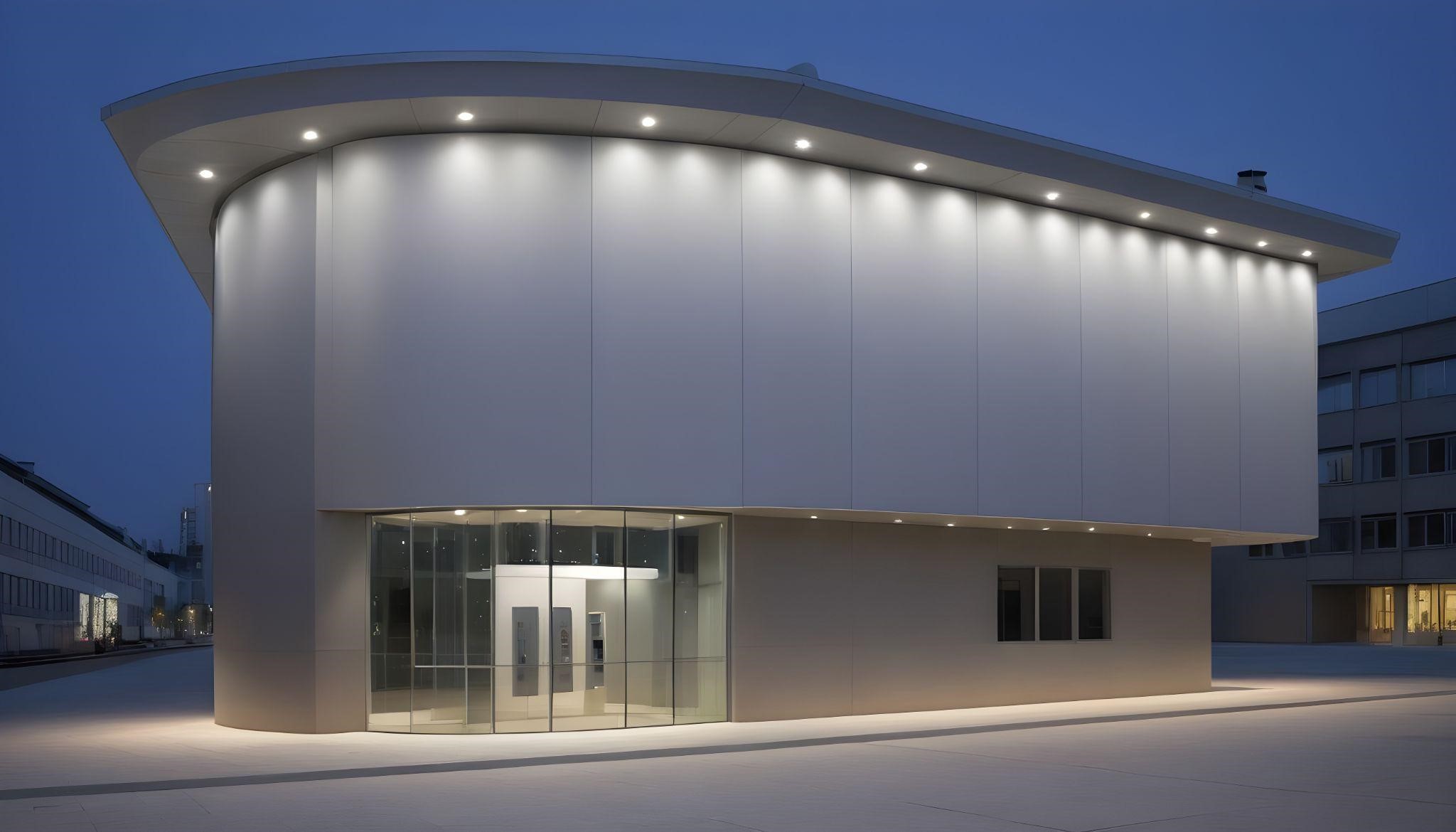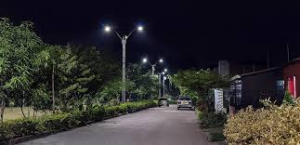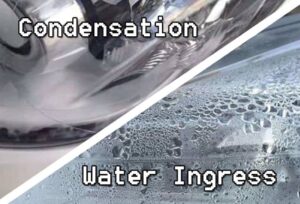A Versatile, Solid-state NEMA Photocell with Zero-cross Switching Used for Several Different Applications
NEMA photocells are crucial components in outdoor lighting systems. Traditional photocells have been widely used, but technological advancements have led to the development of solid-state NEMA photocells, offering enhanced performance and reliability.

This article explores the versatile applications and advantages of solid-state NEMA photocells, particularly focusing on their integration of zero-cross-switching technology.
What are solid-state NEMA photocells?
NEMA photocells, also known as NEMA-rated photocells, are light-sensitive devices that control outdoor lighting systems. NEMA stands for the National Electrical Manufacturers Association, which sets standards for various electrical equipment, including photocells.
NEMA standards define the specifications and requirements for various aspects, such as electrical ratings, mechanical dimensions, and environmental conditions. By adhering to NEMA standards, manufacturers can provide reliable and high-quality photocells that meet the needs of different applications.
Solid-state NEMA photocells are detectors that utilize solid-state electronic components, such as semiconductors, for light detection and control. These solid-state devices offer numerous advantages over traditional mechanical photocells.
NEMA photocells are important because they can automate lighting systems based on ambient light levels. By detecting changes in natural light, these photocell light sensors can trigger the on/off operation of outdoor lighting fixtures, ensuring they are only active when needed.
This enhances energy efficiency and improves safety and convenience in various applications, such as street lighting, parking lot illumination, and building automation.
An overview of zero-cross-switching technology in NEMA photocells
Zero-cross-switching technology is a key feature in NEMA photocells. It refers to the method by which the photocell light switch controls electrical power switching to the lighting fixtures.
In zero-cross switching, the power is turned on or off when the alternating current (AC) voltage crosses zero. This ensures that the switching occurs at the most optimal point in the AC waveform, minimizing electrical noise and reducing stress on the lighting system.
Zero-cross-switching technology offers several advantages. It helps to prevent electrical surges and transients that can damage the lighting fixtures or cause flickering.
Zero-cross switching minimizes the potential for electrical interference and ensures the smooth and reliable operation of the lighting system by synchronizing the switching with the AC waveform’s zero-crossing points.
Benefits of using NEMA photocells in various applications
Solid-state technology enables compact and versatile designs. This makes it easier to integrate NEMA photocells into various applications. These photo-control switches can withstand harsh environmental conditions, such as temperature variations and moisture, without compromising their performance.
The benefits of using NEMA photocells in various applications are discussed below.

- Energy efficiency: NEMA dusk to dawn photocell enable energy-efficient lighting system operation by automatically adjusting the on/off operation based on ambient light levels. This ensures that lighting fixtures are only active when necessary, reducing energy consumption and lowering utility costs.
- Cost savings: By optimizing energy usage, NEMA photocells contribute to cost savings in terms of reduced electricity bills. Additionally, the automation provided by them eliminates the need for manual control or timers, saving time and labor costs associated with managing lighting systems.
- Enhanced safety: The NEMA outdoor photocell switch improves safety by automatically activating outdoor lighting when natural light levels decrease, such as during dusk or inclement weather. This enhances visibility and reduces the risk of accidents or criminal activities in areas such as streets, parking lots, and pathways.
- Convenience and reliability: NEMA button photocell provides a convenient and reliable solution for controlling outdoor lighting. Once installed, they operate automatically without the need for human intervention. This eliminates the risk of forgetting to turn on or off the lights and ensures consistent and reliable lighting performance.
Applications of Solid State NEMA Photocells
Solid-state NEMA photocells have a wide range of applications. These photocells enable automatic control of lighting systems based on ambient light levels, ensuring energy efficiency, safety, and convenience.
Below discussed are their critical applications.
Street lighting
Solid-state NEMA photocells find extensive use in street lighting applications. They enable automatic control of streetlights, ensuring that the lights are only active when needed.
They allow for precise and reliable control of street lighting systems, which enhances energy efficiency and improves street safety and visibility during low-light conditions.
Parking lot lighting
Solid-state NEMA photocells are well-suited for parking lots. When sufficient natural light is available during daylight hours, the photocells can dim or turn off the lights. Contrarily, when natural light diminishes, they activate the lights to ensure adequate illumination for safety and security.
This dynamic control saves energy, reduces maintenance costs, and enhances the lighting system’s overall efficiency.
Building facade lighting
Building facade lighting refers to the illumination of the exterior surfaces of buildings for aesthetic, functional, and safety purposes. Solid-state NEMA photocells are commonly used to control lighting on building facades.
By synchronizing with the surrounding light conditions, the photocells ensure that the building facade is appropriately illuminated, enhancing its aesthetic appeal and visibility.

Signage lighting
Signage lighting offers multiple benefits. It boosts your business’s aesthetic appeal and provides an excellent branding opportunity. Among various options available, solid-state NEMA photocells are ideal for controlling lighting in outdoor signage.
These photocells activate the lighting for signage when visibility is reduced. By automatically adjusting the lighting they ensure that the signage remains visible and impactful while conserving energy during daylight hours.
Outdoor security lighting
Solid-state NEMA photocells play a crucial role in outdoor security lighting systems. These photocells trigger the activation of security lights when darkness falls. By automatically illuminating the surroundings, the photocells enhance security and deter potential intruders.
The use of solid-state NEMA photocells also ensures accurate and reliable light detection, providing a robust and energy-efficient solution for outdoor security lighting.
How to Choose the Best Solid-State NEMA Photocell
Several factors warrant consideration when selecting the most suitable solid-state NEMA photocell for your outdoor lighting needs. Firstly, prioritize reliability. Opt for a photocell known for its consistent performance and durability.
Compatibility with existing lighting systems is another crucial aspect. Choose a photocell that seamlessly integrates with your current setup to minimize installation complexities.
Additionally, prioritize photocells that are energy efficient and come with weatherproof construction to withstand exposure to elements such as moisture, dust, and extreme temperatures.
Given these considerations, LONG-JOIN emerges as an outstanding provider of NEMA photocells. Renowned for their commitment to quality, innovation, advanced features, and reliable performance, long-join products are a top choice for various outdoor lighting applications, guaranteeing optimal functionality and energy efficiency.
How to Choose the Best Solid-State NEMA Photocell
Solid-state NEMA photocells with zero-cross-switching technology offer precise control and energy efficiency, revolutionizing outdoor lighting applications. As urban landscapes evolve towards sustainability, LONG-JOIN’s innovative photocells emerge as indispensable solutions, ensuring reliable performance and contributing to energy-efficient lighting infrastructures.






